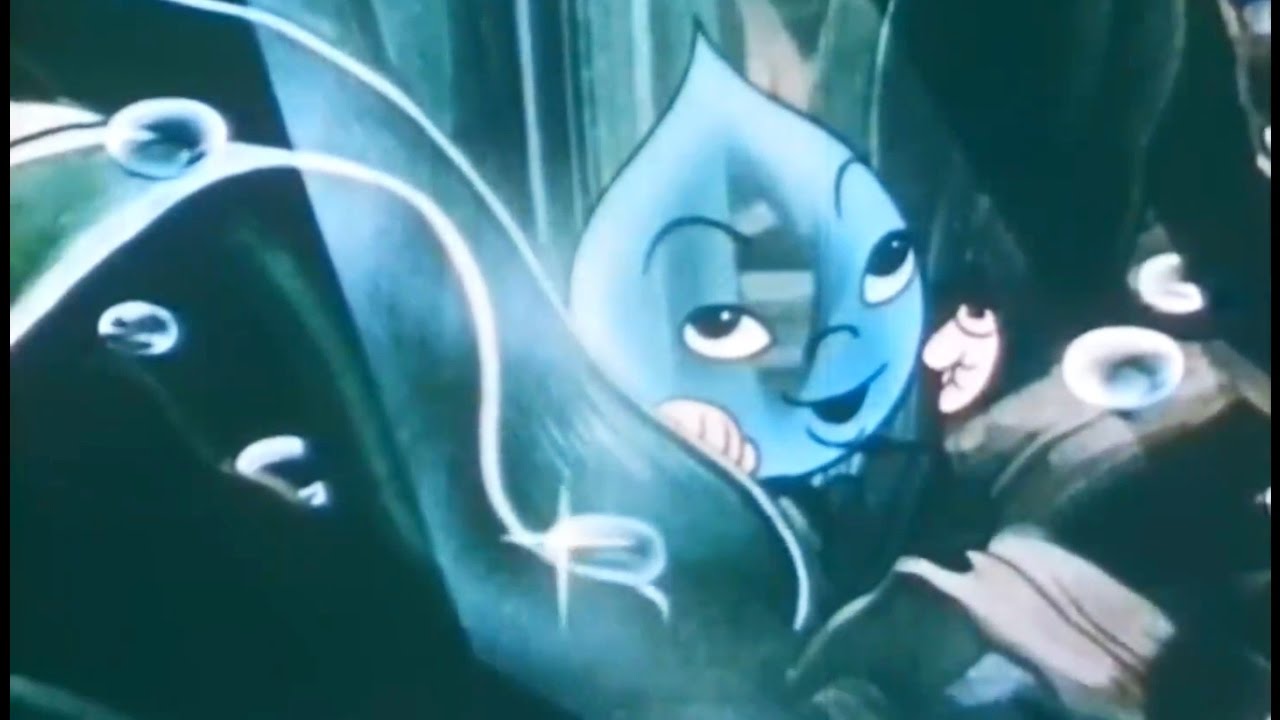Water, Water Supply, Water Treatment… playlist:
more at
“U.S. Dept. of Agriculture, Forest Service. Delinquent raindrop explains the need for good watershed management.”
Reupload of a previously uploaded film with improved video & sound.
Public domain film from the Library of Congress Prelinger Archives, slightly cropped to remove uneven edges, with the aspect ratio corrected, and one-pass brightness-contrast-color correction & mild video noise reduction applied.
The soundtrack was also processed with volume normalization, noise reduction, clipping reduction, and/or equalization (the resulting sound, though not perfect, is far less noisy than the original).
Watershed management is the study of the relevant characteristics of a watershed aimed at the sustainable distribution of its resources and the process of creating and implementing plans, programs, and projects to sustain and enhance watershed functions that affect the plant, animal, and human communities within a watershed boundary. Features of a watershed that agencies seek to manage include water supply, water quality, drainage, stormwater runoff, water rights, and the overall planning and utilization of watersheds. Landowners, land use agencies, stormwater management experts, environmental specialists, water use purveyors and communities all play an integral part in the management of a watershed.
Sources of pollution
In an agricultural landscape, common contributors to water pollution are nutrients and sediment which typically enter stream systems after rainfall washes them off poorly managed agricultural fields, called surface runoff, or flushes them out of the soil through leaching. These types of pollutants are considered nonpoint source pollution because the exact point where the pollutant originated cannot be identified. Such pollutants remain a major issue for water ways because the inability to trace their sources hinders any attempt to limit the pollution. Point source pollution originates a specific point of contamination such as if a manure containment structure fails and its contents enter the drainage system.
In urban landscapes, issues of soil loss through erosion, from construction sites for example, and nutrient enrichment from lawn fertilizers exist. Point source pollution, such as effluent from waste water treatment plants and other industries play a much larger role in this setting. Also, the greatly increased area of impervious surfaces, such as concrete, combined with modern storm drainage systems, allows for water and the contaminants that it can carry with it to exit the urban landscape quickly and end up in the nearest stream.
Controlling pollution
In agricultural systems, common practices include the use of buffer strips, grassed waterways, the reestablishment of wetlands, and forms of sustainable agriculture practices such as conservation tillage, crop rotation and intercropping. After certain practices are installed, it is important to continually monitor these systems to ensure that they are working properly in terms of improving environmental quality.
In urban settings, managing areas to prevent soil loss and control stormwater flow are a few of the areas that receive attention. A few practices that are used to manage stormwater before it reaches a channel are retention ponds, filtering systems and wetlands. It is important that stormwater is given an opportunity to infiltrate so that the soil and vegetation can act as a “filter” before the water reaches nearby streams or lakes. In the case of soil erosion prevention, a few common practices include the use of silt fences, landscape fabric with grass seed and hydroseeding. The main objective in all cases is to slow water movement to prevent soil transport…
Governance
The second World Water Forum held in The Hague in March 2000 raised some controversies that exposed the multilateral nature and imbalance in the demand and supply management of freshwater. While donor organisations, private and government institutions backed by the World Bank, believe that freshwater should be governed as an economic good by appropriate pricing, NGOs however, held that freshwater resources should be seen as a social good. The concept of network governance where all stakeholders form partnerships and voluntarily share ideas towards forging a common vision can be used to resolve this clash of opinion in freshwater management. Also, the implementation of any common vision presents a new role for NGOs because of their unique capabilities in local community coordination, thus making them a valuable partner in network governance…

